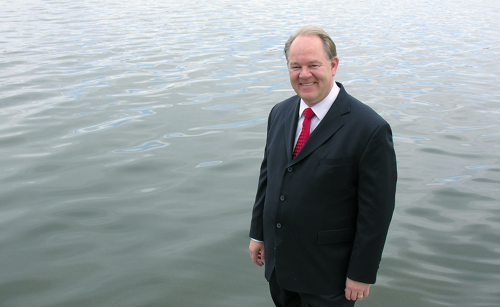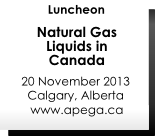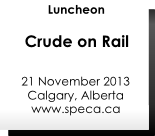| can't see the pictures? view it in your browser here. | ||||||||||||||||||||||||
|
||||||||||||||||||||||||
 Proponents of SAGD say that fracking conventional reservoirs is beating a dead horse. They claim SAGD can recover 50% of oil in place from heavy oil sand. Density can be as low as 7 API gravity. Proponents of fracking say that SAGD is too capital intensive and doesn’t provide a strong return. They claim that fracking produces quick production from proven resources. SAGD truly is very capital intensive. To date each SAGD operation has been building its own central processing facility (CPF). Because of the large facility cost, most SAGD operators are teamed up with foreign deep pockets. The next step in making SAGD more efficient is the sharing of SAGD facility capacity. Custom processing of SAGD bitumen may become the next big PJVA issue. Fracking horizontal wells is being used in marginal conventional reservoirs where recovery factors before this technology was in the single digits. Unlike SAGD, fracking is not accessing brand new resources. But it is certainly capable of bringing on new reserves from previously marginal horizons. The next step in reducing the high cost of stimulation of fracked wells will be advances in cheaply processing and reuse of the flow-back water perhaps using pads that are already flow-lined. Both fracking and SAGD will be adding production and reserves to Western Canada for the next decade. Perhaps they will add so much production that the Keystone XL and the Northern Gateway pipeline projects will require expansion even before they are built. Besides these two technologies, there are many other enhanced recovery strategies that could easily double the reserves from existing pools in Western Canada. On average, conventional pools have only recovered 10% of the original oil in place. Miscible flooding and gas recycling can add substantial reserves. ~Granger J. Low |
|
|

|
||||||||||||||||||||

|
|
|









